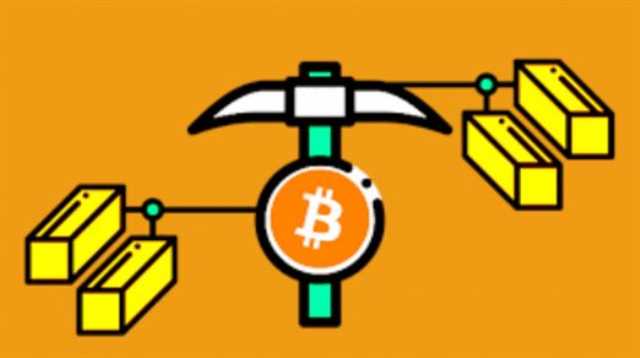
Each time a hacker adds a new block to the chain they receive cryptocurrency coins. Without very little work or risk, these threat actors are able to gain reward https://www.tokenexus.com/ in cryptocurrency that they can anonymously put directly into their digital wallets. Once embedded, cryptojackers are counting on victims to execute the script.

Cryptomining Begins
Users can “mine” it on their computer by using special programs to solve complex, encrypted math equations in order to gain a piece of the currency. If websites want to pursue this strategy, then they should also adopt authentication protections to restrict cybercriminal activity, and also put caps on just how much of a user’s resources they draw. If they get too greedy, it makes the user’s experience noticeably slower and can have other negative impacts. What is cryptojacking Vivin would switch up its tactics from time to time, altering its delivery chain and obfuscation methods, as well as the wallets that it used for the mined cryptocurrency. Despite these moves, Talos described the threat actor as having “poor operational security”, leaving behind many mistakes that allowed the researchers to connect the dots and build up a profile on it. They would also introduce a remote access Trojan (RAT) and a data harvesting module.
Disable JavaScript:
One of the good things about the page was that it allowed site visitors to choose how much of their processing power they were donating. If it slowed down their computer too much, they could cut it back to a more manageable level. Alternatively, they could just let it run whenever their computer was idling.
- “Endpoint security and SOC teams should invest time into active exercises and threat hunts instead of waiting around for something potentially catastrophic to happen,” LogRhythm’s Vincent says.
- This is generally just normal cryptomining software that has been altered to run quietly in the background.
- Cryptojacking is the unauthorized use of a computer, tablet, mobile phone, or connected home device by cybercriminals to mine for cryptocurrency.
- Instead of building a dedicated cryptomining computer, hackers use cryptojacking to steal computing resources from their victims’ devices.
- Protecting yourself online is key to avoiding becoming a target of cryptojacking attacks.
- Users have no idea that a site they visited has been using their computer to mine cryptocurrency.
Code, Data and Media Associated with this Article
Nothing contained herein shall constitute a solicitation, recommendation, endorsement, or offer by Crypto.com to invest, buy, or sell any coins, tokens, or other crypto assets. Returns on the buying and selling of crypto assets may be subject to tax, including capital gains tax, in your jurisdiction. Any descriptions of Crypto.com products or features are merely for illustrative purposes and do not constitute an endorsement, invitation, or solicitation. Once the malware infects a computer, it silently runs in the background, utilising the victim’s central processing unit (CPU) and graphics processing unit (GPU) power to mine cryptocurrencies.

tips to prevent cryptojacking attacks
Cryptojacking is a type of cybercrime that involves the unauthorized use of people’s devices (computers, smartphones, tablets, or even servers) by cybercriminals to mine for cryptocurrency. Like many forms of cybercrime, the motive is profit, but unlike other threats, it is designed to stay completely hidden from the victim. Cryptojacking is a scheme to use people’s devices (computers, smartphones, tablets, or even servers), without their consent or knowledge, to secretly mine cryptocurrency on the victim’s dime.
Intensifying DDoS Threats: Latest Trends & Live Attack Demo

